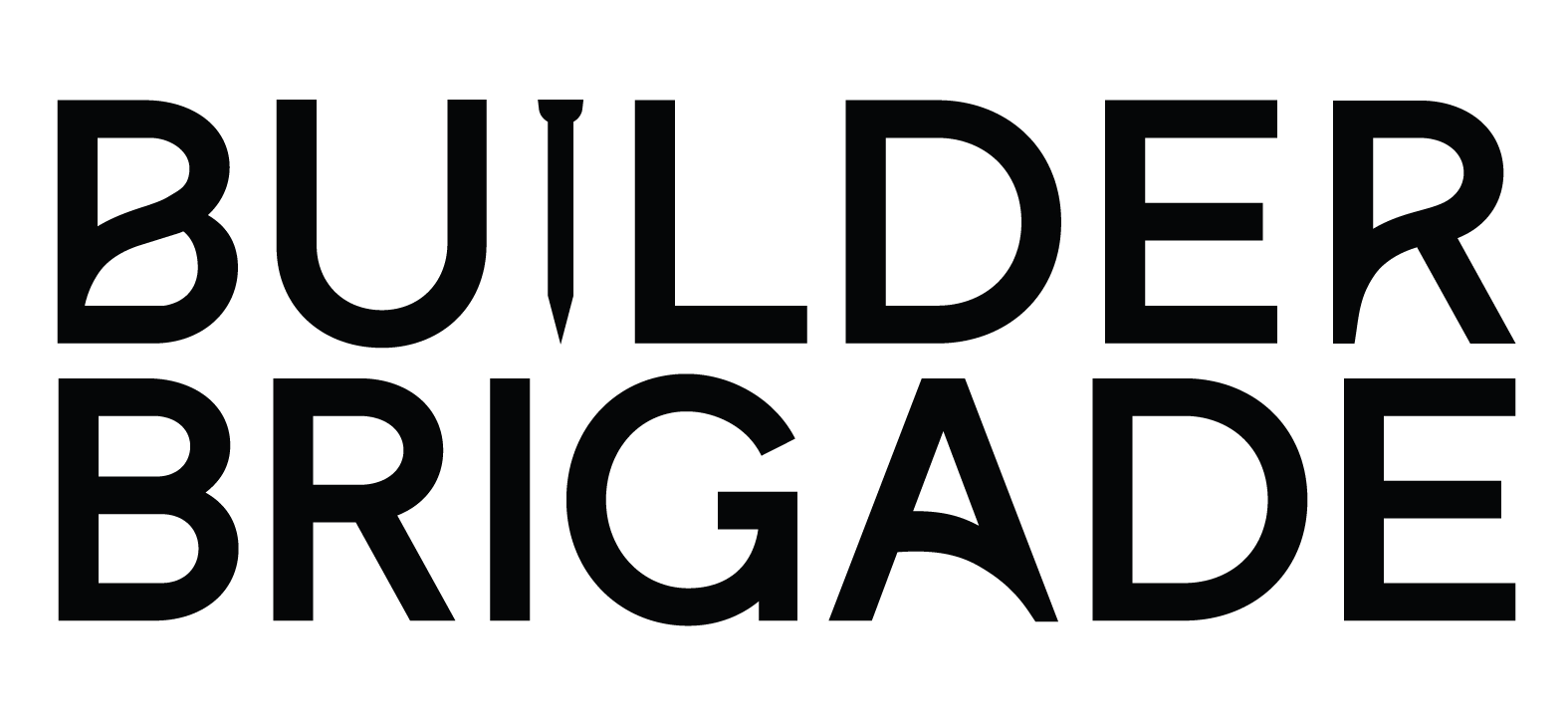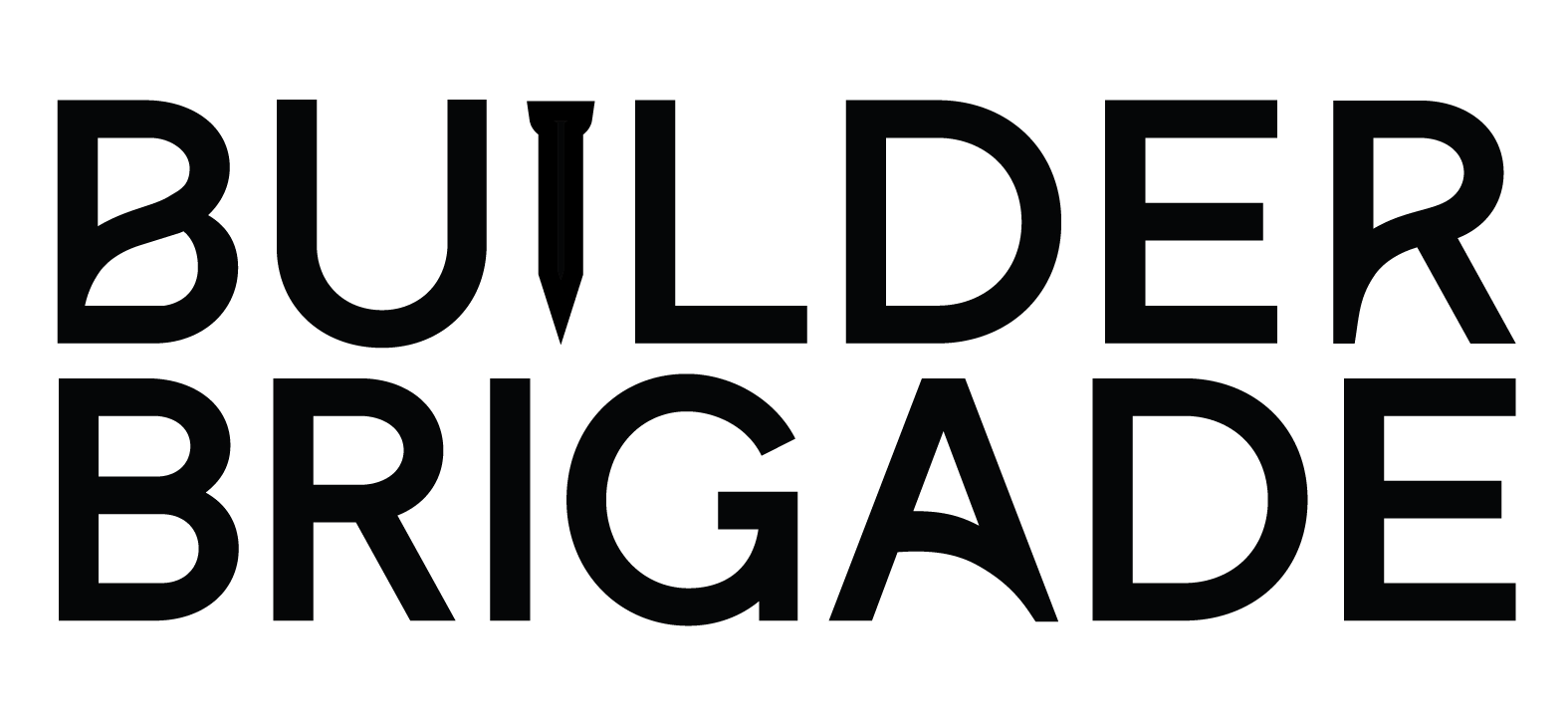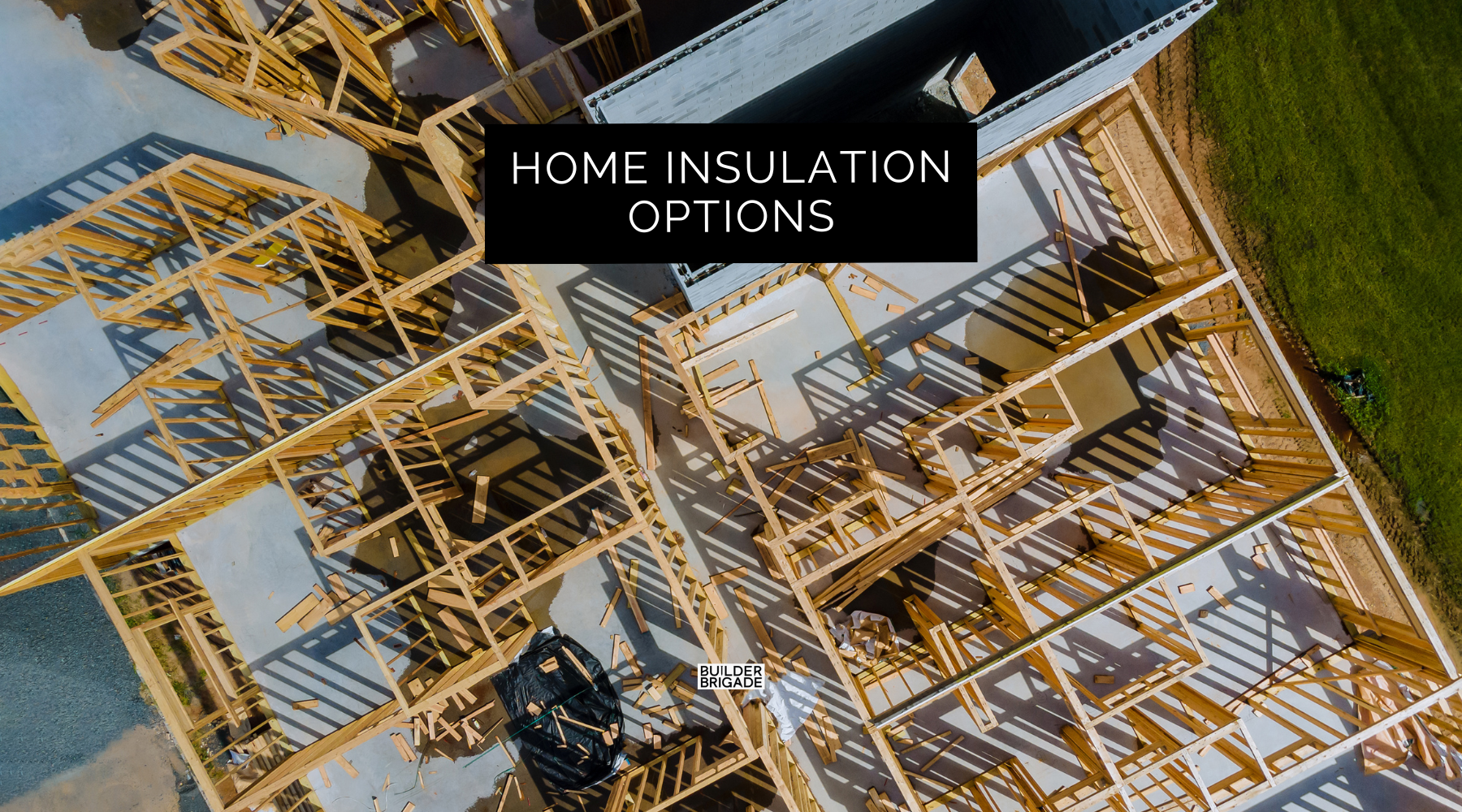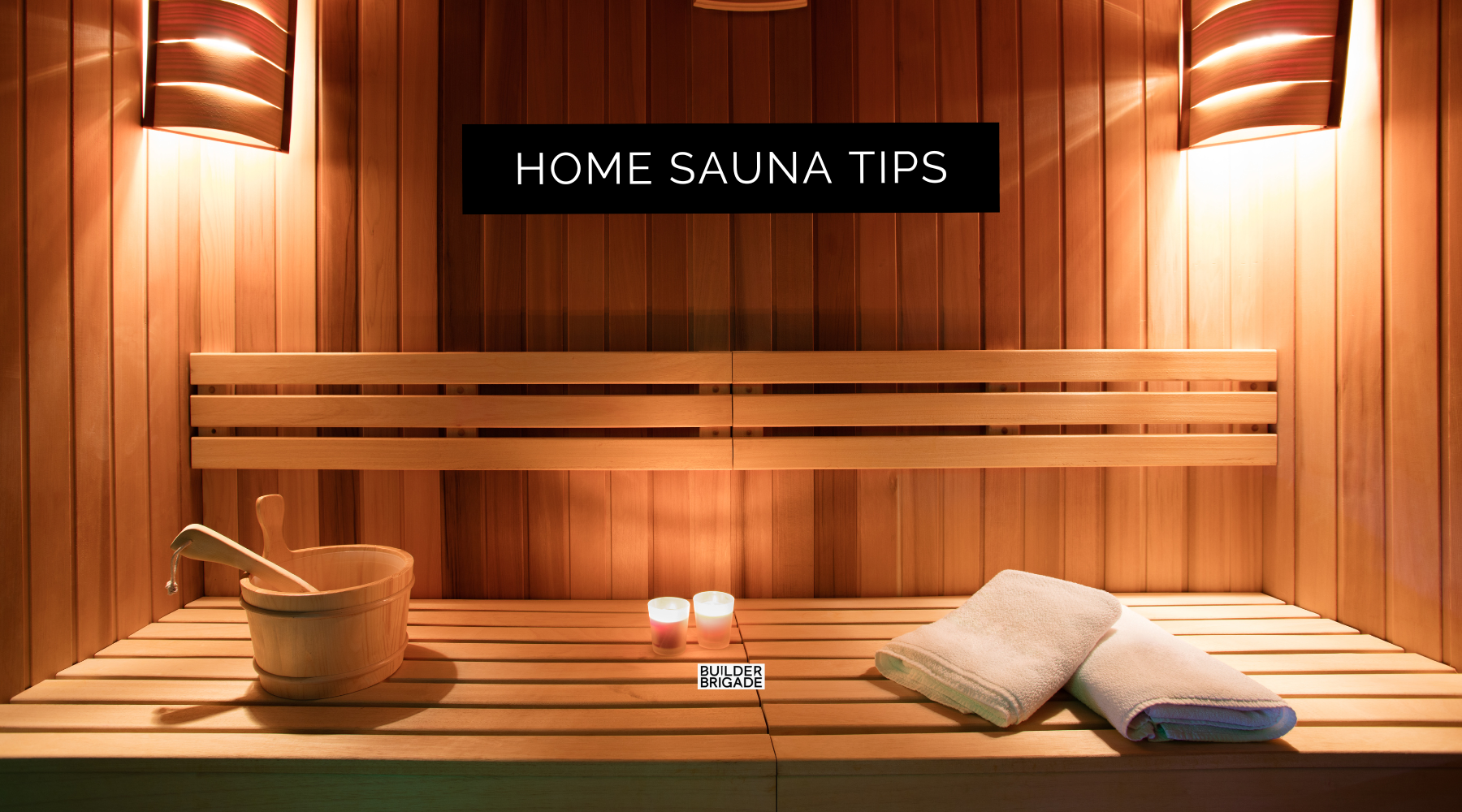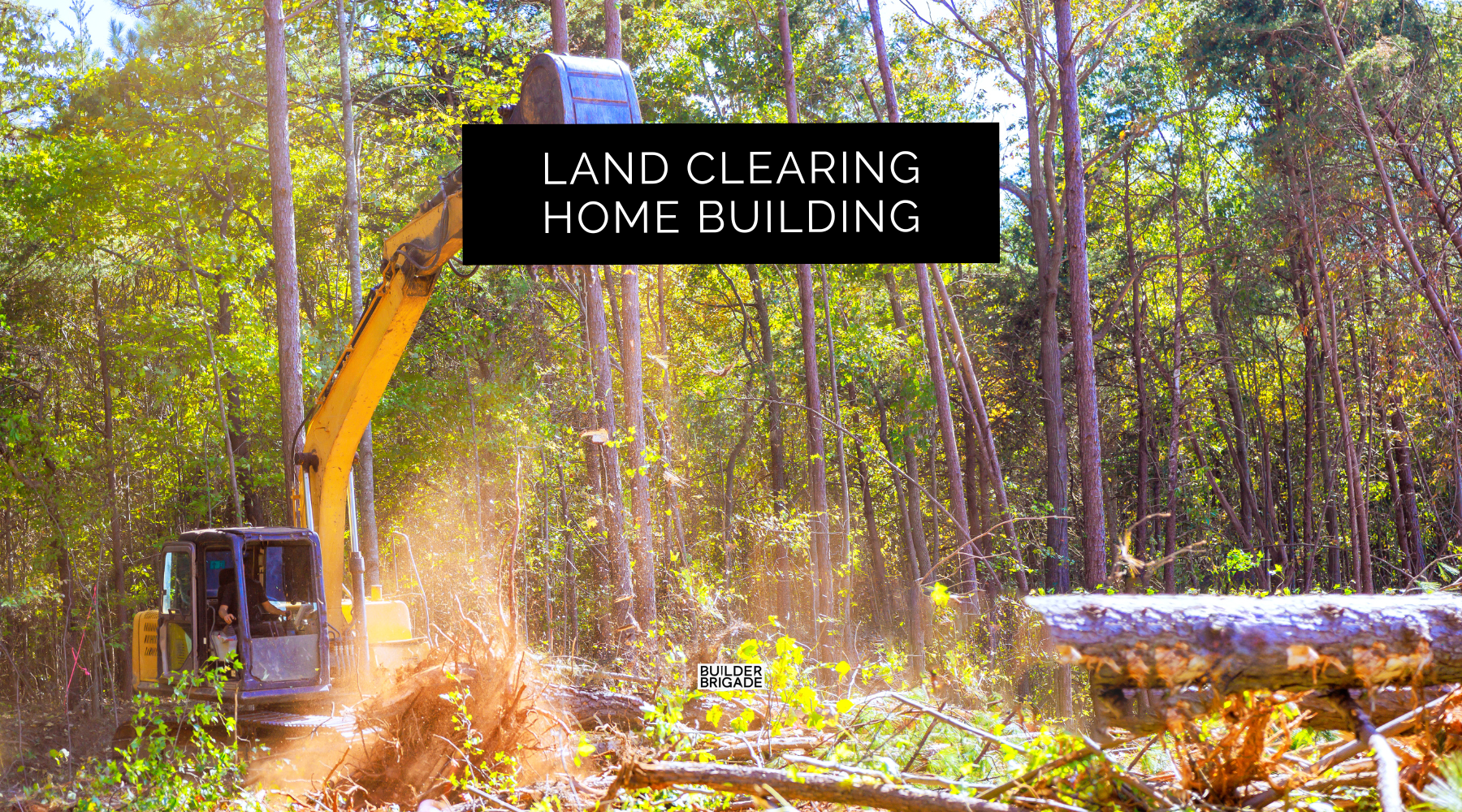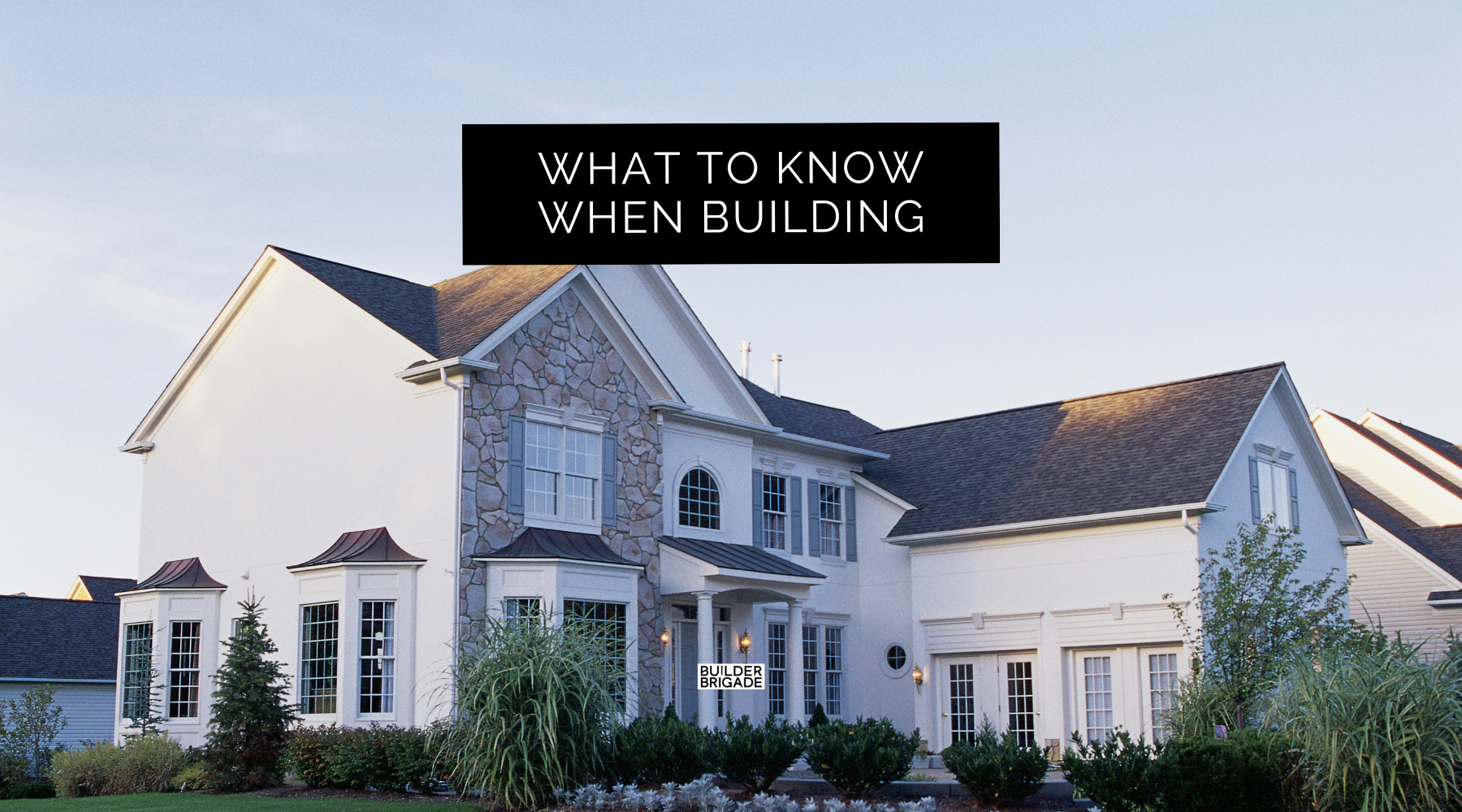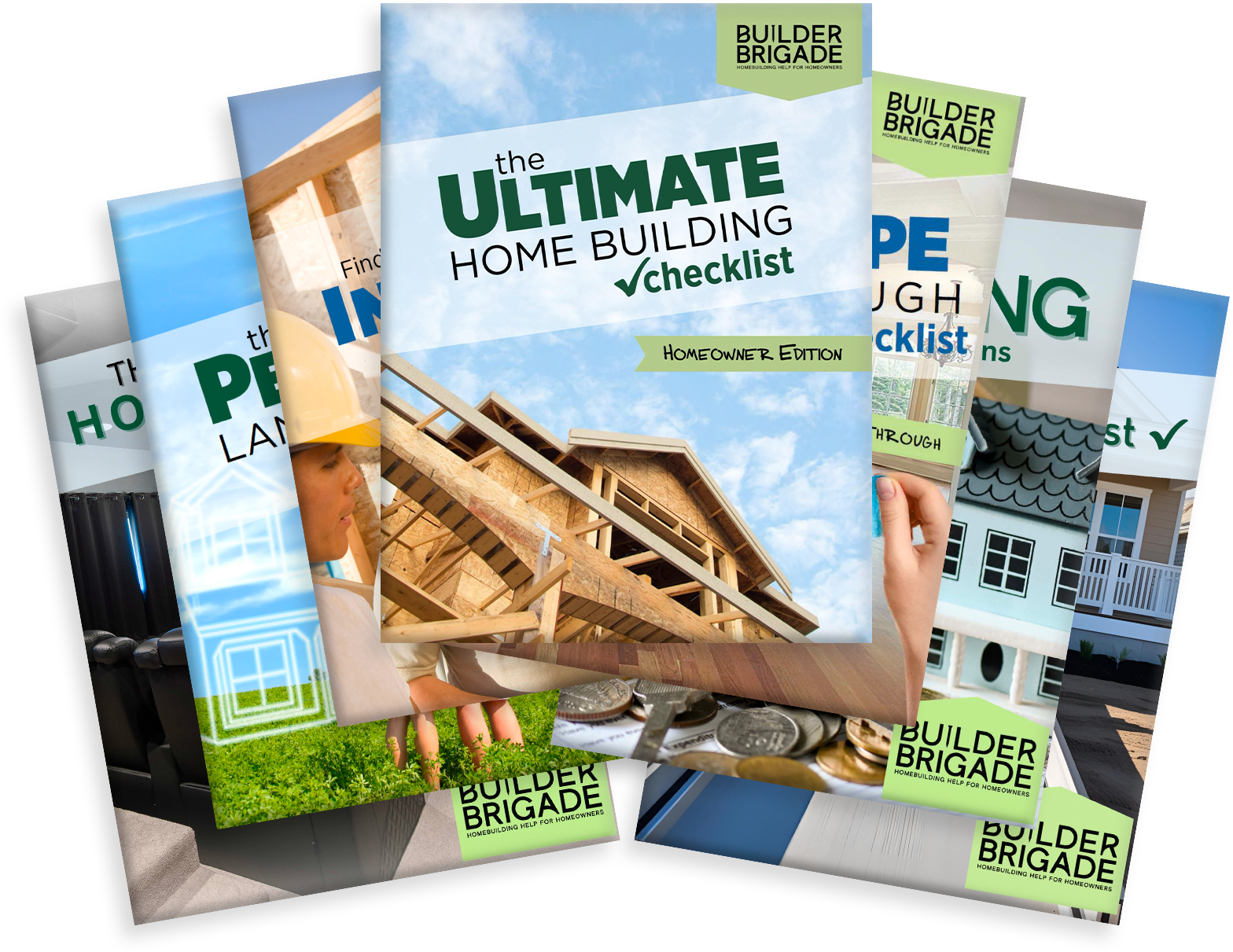There are so many insulation options available, and each one has its own set of benefits. Here are five popular insulation types to help you decide which is best for your needs.
Spray Foam Insulation
Spray foam is one of the most effective insulation types available today. This option is applied as a liquid that expands into a foam, filling every crack, crevice, and cavity. There are two main types of spray foam: open-cell and closed-cell. Open-cell spray foam offers an R-value of about R-3.5 per inch, while closed-cell spray foam provides a higher R-value of around R-6 per inch.
The real beauty of spray foam is its ability to seal air leaks. It's perfect for areas that are hard to insulate, like attics, basements, or spaces with odd shapes. Plus, closed-cell spray foam adds strength to your walls and can help prevent moisture problems, making it ideal for climates with high humidity.
Spray foam can absorb water so its biggest downfall is when applied to the underside of a roof, detecting a leak could be tricky.
Open cell is less expensive but requires more space to reach the same R-Value.
Closed cell is more expensive but offers structural integrity when applied and also serves as an air and vapor barrier. A fancy way to say it doesn’t allow water or air to penetrate or pass through. I’ve seen it applied to HVAC ducts to seal them up tight.

Roll/Batt Insulation
This type of insulation is typically made from fiberglass, wool, or Stone (Rockwool). It's available in rolls or batts, which can easily fit between wall studs, floor joists, and attic rafters. Fiberglass, wool, and rockwool have an R-value of around R-3.5 per inch, making them a solid, budget-friendly option for many homeowners.
While batt insulation can be a DIY-friendly project, it doesn't provide as tight a seal as spray foam, and air can still seep through gaps. An easy work around is using canned spray foam in all the cracks and crevices. However, it’s still a great choice for walls, floors, and attics—especially if you’re looking for an affordable way to boost your home’s energy efficiency.



Foam Board Insulation
Foam board insulation comes in rigid panels made from materials like polystyrene or polyisocyanurate. This type of insulation provides a high R-value per inch, with EPS offering an R-value of about R-4.0 per inch, XPS at R-5.0, and ISO at R-6.0.
One of the biggest advantages of foam board is its durability. It’s also highly effective at preventing thermal bridging, which can lead to heat loss in your home. If you’re aiming for superior energy efficiency, foam board is a solid choice.
You want to prevent thermal bridging if you can. It’s when the outside air temperature transfers through studs. The insulation typically only covers the areas between studs. Wrapping your house in foam boards will cover the entire wall, including the studs. Like a big winter coat!

Blown-In Insulation
Blown-in insulation, typically made of fiberglass or cellulose, is great for filling gaps in hard-to-reach spaces. It's perfect for attics and walls, especially if you’re retrofitting your home with insulation. The R-value for cellulose is around R-3.5 per inch, and fiberglass comes in at R-2.5 per inch.
One of the major benefits of blown-in insulation is that it conforms to the shape of the space, filling every nook and cranny. However, it’s worth noting that it can settle over time, reducing its effectiveness. To avoid this, make sure it’s installed properly and topped off as needed.

Flash & Batt Insulation (Hybrid Option)
Flash & batt combines the benefits of both spray foam and batt insulation. It involves applying a thin layer of closed-cell spray foam (typically about 2 inches thick) to the exterior walls or roofline, followed by traditional batt insulation. This hybrid method offers the best of both worlds: the air and vapor sealing benefits of spray foam and the added R-value of batt insulation.
This option is ideal if you want to boost the energy efficiency of your home but its a little more expensive.

Flash and Batt Insulation via Fine Homebuilding
What’s your pick?
Personally, I’d go for spray foam on the roofline for a conditioned attic space. Since we don’t have basements here in Georgia for a mechanical room. The HVAC handler and ducts are often located in the attic, so keeping that area a little cooler really helps extend the life of the components and keeps ductwork from being affecting by the extreme temperatures.
For the exterior walls, batt insulation is my preference. It’s cost-effective and removes any doubts of possible contaminants of spray foam. I don’t know for sure but better safe than sorry in my opinion .
If I had the extra budget, I’d opt for foam on the exterior or even better—Zip-R, which has foam attached to the exterior sheathing. Exterior foam, also known as Polyiso, is incredibly efficient and really makes a difference.
Looking for more tips to help you build your dream home? Get the Ultimate Home Building Checklist, which covers everything you need to consider as a homeowner when planning your new home build.
Get The Checklist Here!

